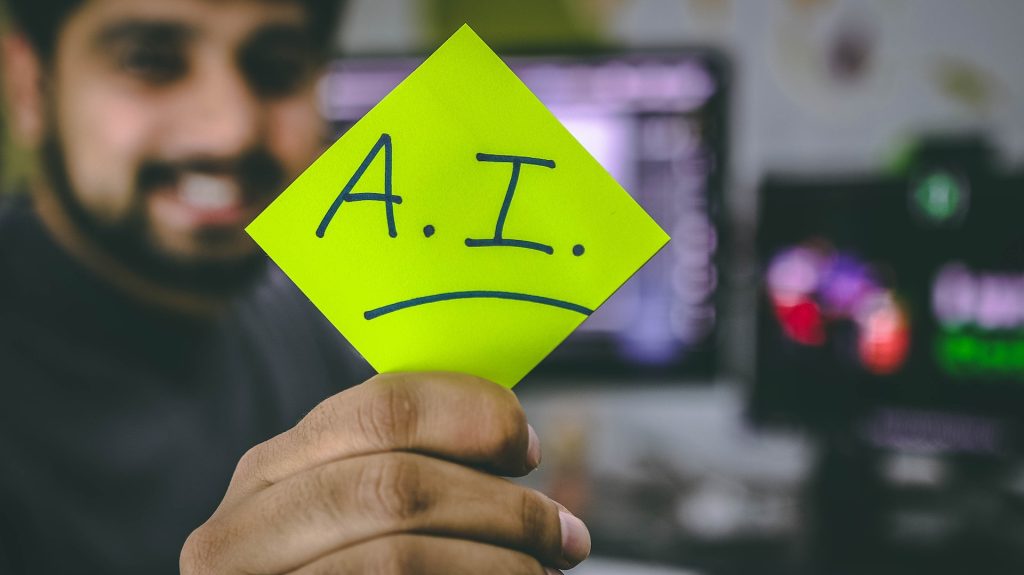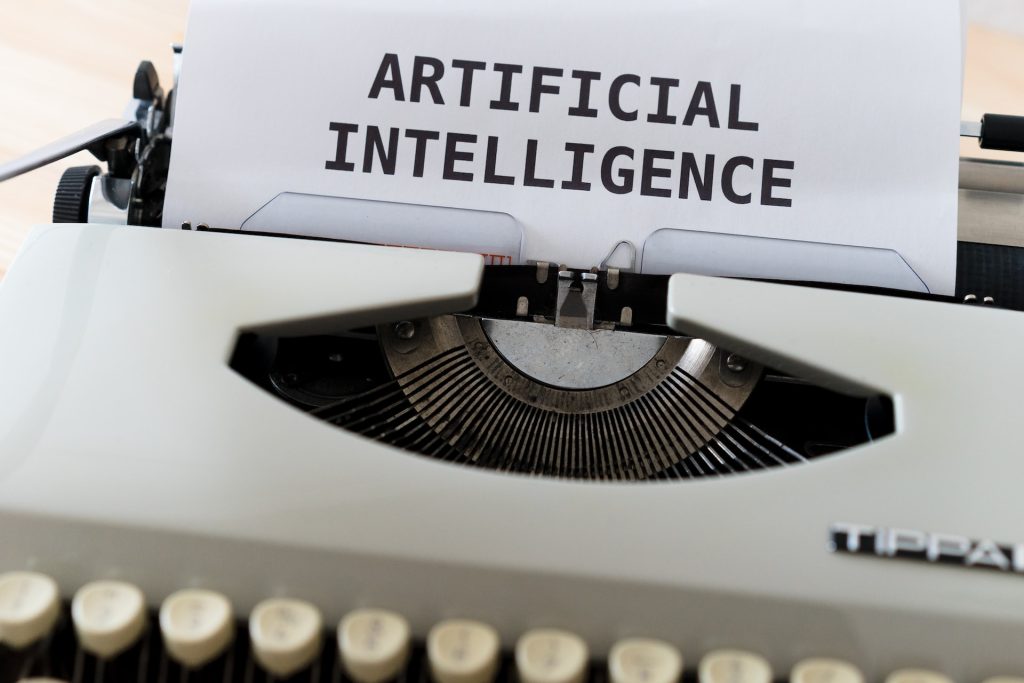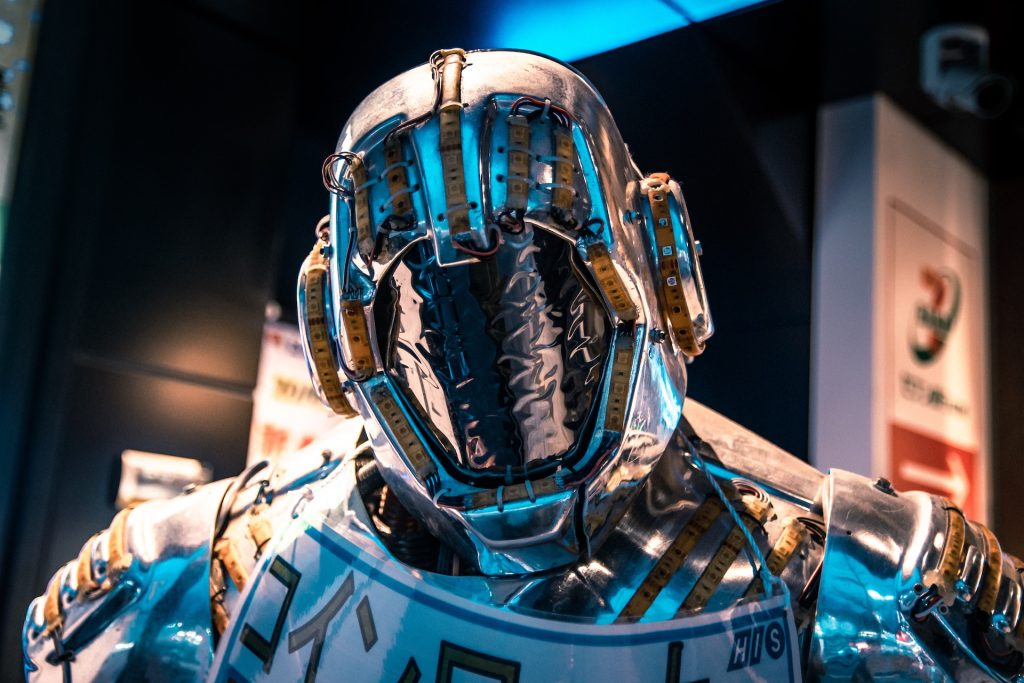Have you ever wondered how artificial intelligence (AI) has transformed our lives in the past decade? AI is the science and engineering of creating machines and systems that can perform tasks that normally require human intelligence, such as understanding language, recognizing images, playing games, and making decisions. AI has been around for a long time, but it has become more powerful and accessible in recent years, thanks to advances in computing hardware, data availability, and algorithm development.
In this blog post, we will take a brief journey through the history of AI and see how it has changed the world. We will cover some of the most important milestones and achievements of AI research and applications, as well as some of the challenges and limitations that still exist. By the end of this post, you will have a better understanding of what AI is, how it works, and what it can do for us.

The Origins of AI
The idea of creating artificial beings with intelligence or consciousness dates back to ancient times, when myths and legends described gods, giants, and monsters made by craftsmen. However, the modern concept of AI emerged from the philosophical and scientific inquiries into human thinking and reasoning in the 17th and 18th centuries. Some of the pioneers who contributed to this field were René Descartes, Gottfried Leibniz, John Locke, David Hume, Immanuel Kant, and Charles Babbage.
Babbage is widely regarded as the father of computer science and one of the first to envision a programmable machine that could perform calculations. He designed an analytical engine in 1837 that could manipulate symbols according to rules. However, his project was never completed due to technical difficulties and lack of funding.
The invention of the electronic computer in the 1940s marked a major breakthrough for AI research. The first electronic computers were large machines that used vacuum tubes or transistors to process binary data. They were very expensive, slow, and unreliable compared to modern computers. However, they also enabled new possibilities for solving complex problems in science, engineering, mathematics, cryptography, and more.
One of the first applications of electronic computers was to simulate nuclear reactions for military purposes during World War II. This led to the development of artificial neural networks (ANNs), which are inspired by the structure and function of biological neurons. ANNs consist of layers of interconnected nodes that can learn from data and perform tasks such as pattern recognition or classification.
Another early application of electronic computers was to create chess programs that could play against human opponents. The first chess program was developed by Alan Turing in 1950 using an ENIAC computer. Turing also proposed a test for machine intelligence based on whether a machine could exhibit human-like behavior in a conversation.
1. The Pioneering Visionaries: Dartmouth Workshop (1956)
Our tale begins in the summer of 1956 at Dartmouth College, where a group of visionary scientists, including John McCarthy, Marvin Minsky, Nathaniel Rochester, and Claude Shannon, organized the Dartmouth Workshop. This historic event is considered the birth of AI, marking the moment when the term “artificial intelligence” was coined. The goal was ambitious – to explore how machines could simulate human intelligence.
2. The Chess Maestro: IBM’s Deep Blue (1997)
Fast forward to 1997 when IBM’s Deep Blue made history by defeating the reigning world chess champion, Garry Kasparov. This victory marked a significant milestone in AI, showcasing the potential of machines to outperform humans in complex strategic thinking. Deep Blue demonstrated that AI could excel in tasks requiring strategic planning, paving the way for the integration of intelligent systems into diverse fields.
3. The Rise of the Machines: Turing Test (1950s)
Enter Alan Turing, a pioneer in computer science and artificial intelligence, who posed a fundamental question in the 1950s – Can machines exhibit intelligent behavior indistinguishable from that of humans? This question laid the groundwork for the Turing Test, a benchmark for evaluating a machine’s ability to display human-like intelligence. Turing’s inquiry spurred conversations that continue to influence AI development, pushing scientists to refine and enhance machine intelligence.
4. The Chatbot Trailblazer: ELIZA (1960s)
In the swinging 1960s, Joseph Weizenbaum developed ELIZA, one of the first chatbots designed to simulate natural language conversation. ELIZA operated by recognizing keywords and generating responses based on predefined patterns, providing a glimpse into the potential of AI in human-computer interaction. ELIZA’s ability to engage in conversations hinted at the transformative power of AI in enhancing human-machine interaction, a concept central to today’s virtual assistants and chatbots.

5. The Machine Learning Revolution: Arthur Samuel (1959)
Arthur Samuel, a pioneer in computer gaming, introduced the concept of machine learning in 1959. He created a program that could play checkers and improve its performance through experience, laying the groundwork for the evolution of AI systems that learn and adapt from data. Samuel’s work set the stage for machine learning, a cornerstone of contemporary AI that enables systems to improve their performance through iterative experiences.
6. The Expert System Era: MYCIN (1970s)
In the 1970s, the AI community saw the emergence of expert systems, AI programs designed to mimic the decision-making abilities of a human expert. One notable example is MYCIN, developed at Stanford University to diagnose bacterial infections and recommend appropriate antibiotics. Expert systems like MYCIN showcased the potential of AI to excel in specific domains, laying the groundwork for today’s specialized AI applications in fields such as healthcare, finance, and logistics.
7. The Deep Learning Renaissance: AlexNet (2012)
Fast-forward to 2012 when the deep learning revolution gained momentum with the introduction of AlexNet. Developed by Alex Krizhevsky, Ilya Sutskever, and Geoffrey Hinton, AlexNet demonstrated the power of deep neural networks in image recognition by winning the ImageNet Large Scale Visual Recognition Challenge. AlexNet marked a paradigm shift, emphasizing the importance of deep neural networks in handling intricate tasks, from image recognition to natural language processing.
8. The Autonomous Trailblazer: Waymo (2016)
In 2016, Waymo, a subsidiary of Alphabet Inc. (Google’s parent company), launched a fleet of autonomous vehicles equipped with AI-powered systems capable of navigating real-world traffic. This marked a significant step toward the realization of self-driving cars, showcasing the potential of AI in shaping the future of transportation. Waymo’s autonomous vehicles underscored the transformative impact of AI on industries, challenging traditional notions and redefining what is possible in the realm of technology.

And there you have it, fellow travelers through the annals of AI history – a journey that unfolded from ambitious workshops to victorious chess matches, from rule-based systems to deep learning revolutions. As we stand at the intersection of the past and the future, the history of AI teaches us that innovation is a relentless journey fueled by curiosity, collaboration, and a dash of audacity.
As we continue to explore the possibilities of artificial intelligence, let these lessons from the pioneers and breakthrough moments guide us. The road ahead promises even more marvels, from AI-driven healthcare advancements to the evolution of human-machine partnerships. So, dear readers, buckle up for the next chapter in the enthralling saga of AI – a tale that’s still being written, with each breakthrough, challenge, and question shaping the ever-expanding horizon of artificial intelligence.





